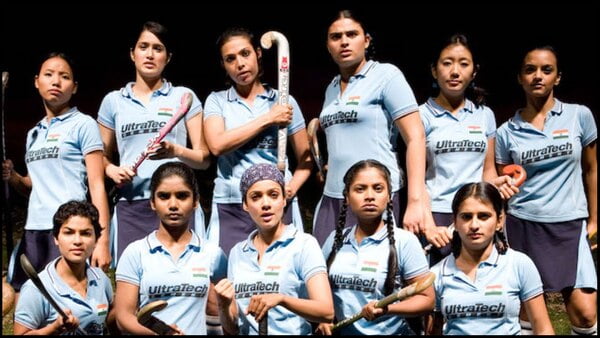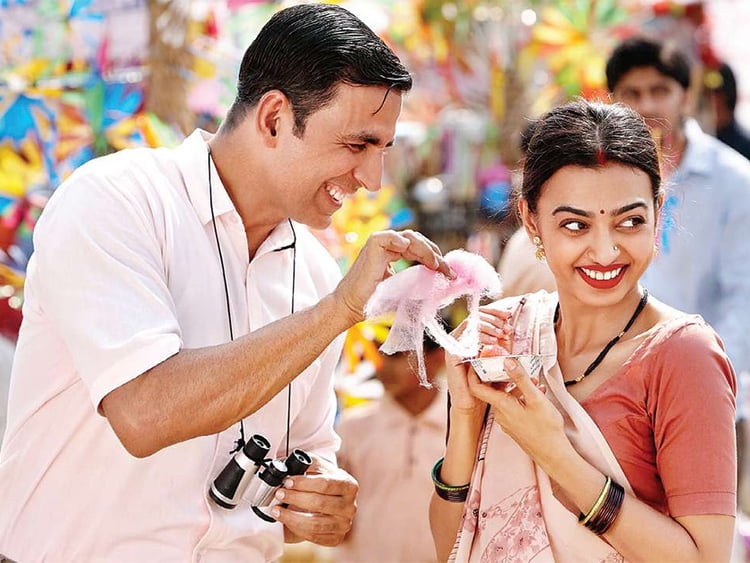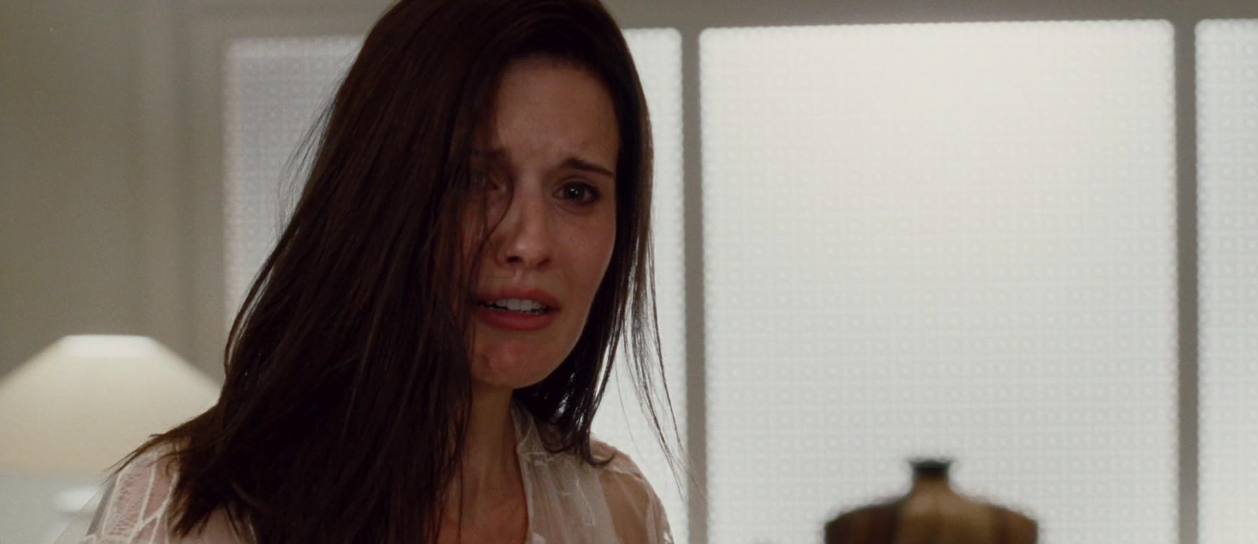Without much depth or autonomy of their own, female characters are frequently side-lined to advance the storyline of the male characters.
There is a recurring narrative device in films, where female characters are often subjected to unfortunate fates, such as being killed, or maimed, all to drive the plot forward or to provide motivation for male characters. In many narratives, female characters are frequently portrayed as disposable, serving only to create undeserved misfortune for the male lead. This trope is often used to give the male character a reason for seeking revenge or experiencing emotional growth. Such treatment of female characters often catalyses the male hero’s actions or personal growth.
This trope is often used to give the male character a reason for seeking revenge or experiencing emotional growth.
Hollywood film Taken perfectly showcases the trend of treating female characters as disposable plot devices rather than fully developed individuals. Similarly, the TV series Criminal Minds frequently utilises the portrayal of women to generate unwarranted hardships for the main character, driving him to pursue vengeance throughout the show.
In the film, Three Billboards Outside Ebbing, Missouri, a unique twist on the disposable woman trope is presented, wherein Frances McDormand’s character takes on the role of a determined mother seeking justice for her daughter’s tragic murder.
Shifting focus
Over time, the “disposable woman” cliché in film has changed to suit shifting societal views and narrative fads. Originally, this cliché was frequently employed to bring about unjustified hardship for the male lead, inspiring him to take up a mission or seek vengeance. The narrative device diminishes the agency of female characters, perpetuating the notion that their sole purpose is to support the stories of male leads. Without much depth or autonomy of their own, female characters were frequently sacrificed to advance the storyline of the male characters.

However, the term encompasses various other modes and systemic strategies of storytelling which render female characters disempowered or as mere plot tools.
Instead of being the main emphasis, women’s difficulties are utilised as story elements around which male characters are developed. The male lead is still frequently portrayed as the rescuer who puts an end to the problems faced by the female lead in “feminist” films. In heterosexual relationships, abusive behaviours including aggression, control, and manipulation are frequently idealised and presented as desirable. The ubiquity of these motifs is commonly blamed for the confluence of abuse and romanticism.
Women as plot tools in Bollywood
In the ever-evolving world of Bollywood, there have been instances in the past where certain tropes, such as the disposable woman trope, have made their way into films. Although Sholay is widely regarded as a masterpiece of Indian cinema, it has faced scrutiny for its portrayal of female characters. Basanti, portrayed by the talented Hema Malini, is frequently depicted as a character who is easily overlooked, primarily serving as a source of humour and a romantic interest for one of the male leads.
Sadma, released in 1983, is a film that has left a lasting impact on audiences. This cinematic gem has captivated viewers with its powerful storytelling and unforgettable performances. The film tells a poignant tale that explores the depths of human emotions and the complexities of relationships. With its thought-provoking narrative and exceptional direction, this film has received critical acclaim for its sensitive portrayal of a woman suffering from retrograde amnesia.
However, some critics argue that the female lead, played by Sridevi, is somewhat marginalised as her character primarily serves to evoke sympathy and facilitate the emotional growth of the male protagonist.
Shahrukh Khan’s popular thriller Baazigar follows the journey of a complex and intriguing protagonist, keeping the audience on the edge of their seats. The film features strong female characters portrayed by Shilpa Shetty and Kajol. While they play crucial roles in the plot, their storylines primarily contribute to the development of the male protagonist, Shah Rukh Khan.
Like Baazigar, in Darr, the female character portrayed by Juhi Chawla has been assigned a role that revolves around the male protagonist, Shah Rukh Khan. Unfortunately, her characterisation is ultimately secondary and easily discarded in the overall narrative.
Raja Ki Aayegi Baarat presents a deeply disturbing storyline where a woman is tragically compelled to marry her rapist, and the torment she endures persists even after the marriage. She portrays the role of a dedicated spouse, choosing to ignore her husband’s mistreatment, while bravely speaking out against the abuse inflicted by her husband’s relatives. This film perpetuates a harmful narrative that portrays divorce as unacceptable and pressures women to remain in oppressive marriages.

In Chak De India, a women’s hockey team is guided by coach Shah Rukh Khan, as they work to rebuild their chemistry and achieve victory in the World Championship. In the narrative, the female characters play supporting roles to the male protagonist.
Also, in Padman released in 2018, the issue of period poverty and the exorbitant costs of female sanitary products are brought to light. In this story, the male protagonist’s driving force is his wife, who opts for less costly alternatives and wears unhygienic attire during her menstrual cycle. The male character’s development is influenced by plot points involving women’s issues.
Growing awareness
Exploring the disposable woman trope in storytelling can be a thought-provoking way to analyse its impact on gender representation in media. However, it is important to be mindful of its potential to perpetuate sexist stereotypes and hinder progress in the portrayal of women. It perpetuates a damaging narrative that diminishes the worth of women and girls, reducing them to mere roles as wives, girlfriends, or mothers, and suggesting that their future is ultimately disposable.

With the growing recognition of gender stereotypes and representation in media, there has been a noticeable change in the portrayal of the disposable woman trope. There is a growing movement among critics and audiences to question and challenge a certain recurring theme, as they become more aware of its negative effects. They are advocating for a shift towards more complex and empowered portrayals of female characters. There is an increasing need for female characters in narratives that go beyond being defined solely by their relationships with male protagonists. These characters should have their own agency and story arcs.
As a response to the criticism, certain filmmakers have taken steps to challenge the portrayal of disposable women in their films. They have started to develop female characters that are stronger and more intricate, rather than being mere plot devices used for sacrifice. There is a growing demand for female characters who can overcome challenges and succeed, instead of being portrayed as expendable victims in stories dominated by male perspective.
In films, the disposable woman trope has evolved to reflect a cultural shift towards more inclusive and empowering storytelling. Female characters are now portrayed as fully realised individuals with their motivations and agency, rather than being used as tools to advance male-centric plots.
About the author(s)
Insha Qayoom Shah is a Research Scholar from the Department of English, University of Kashmir pursuing her PhD on Female Revisionary Mythmaking: A Study of Select Novels. The areas of her interest include Feminism, Mythology and the Revisionary literature. She has presented four papers in different national and international conferences. She has also contributed chapters in three books dealing with the feminism and gender studies.





